How to Cook Steak Without a Thermometer and Know When It’s Done
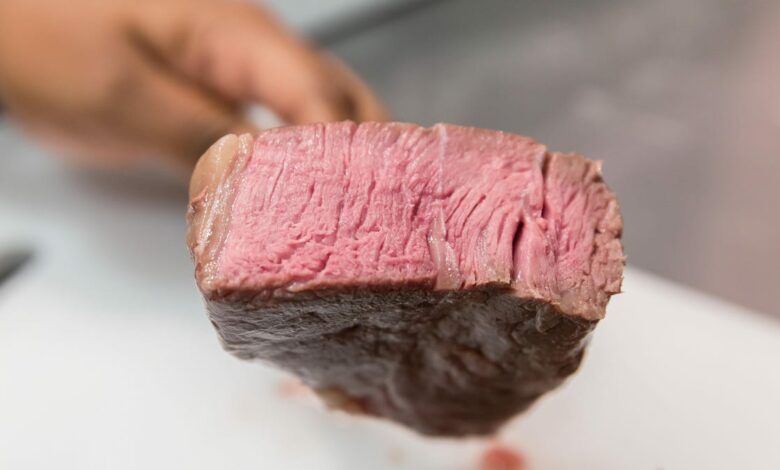
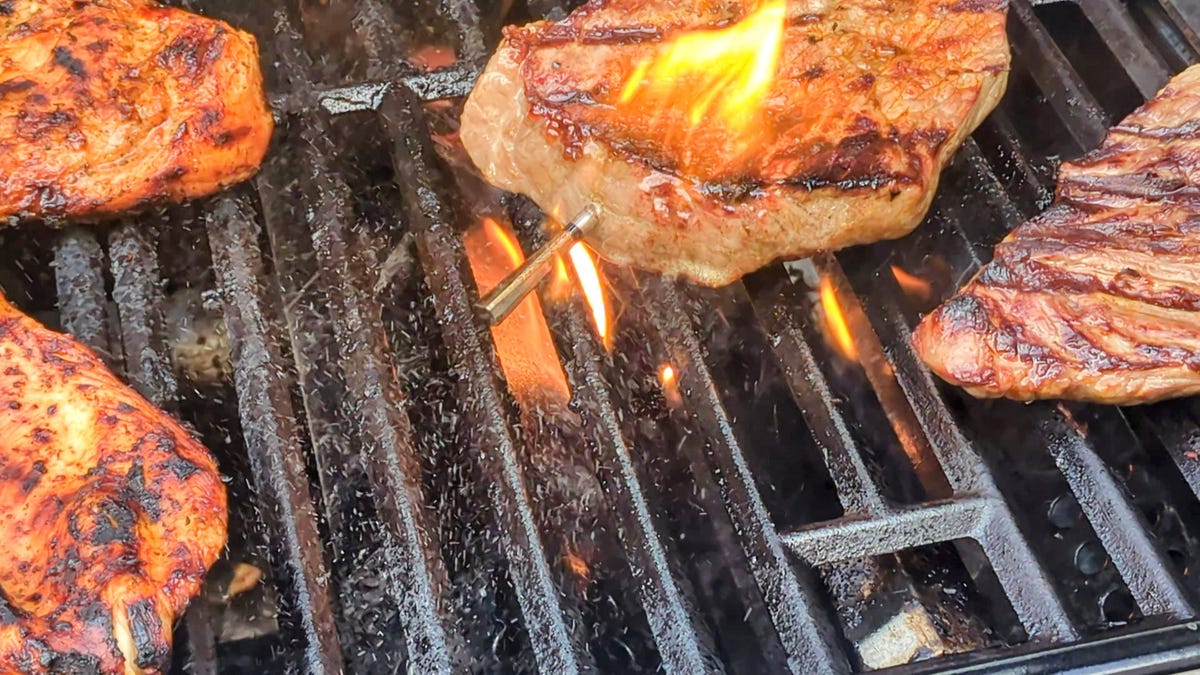
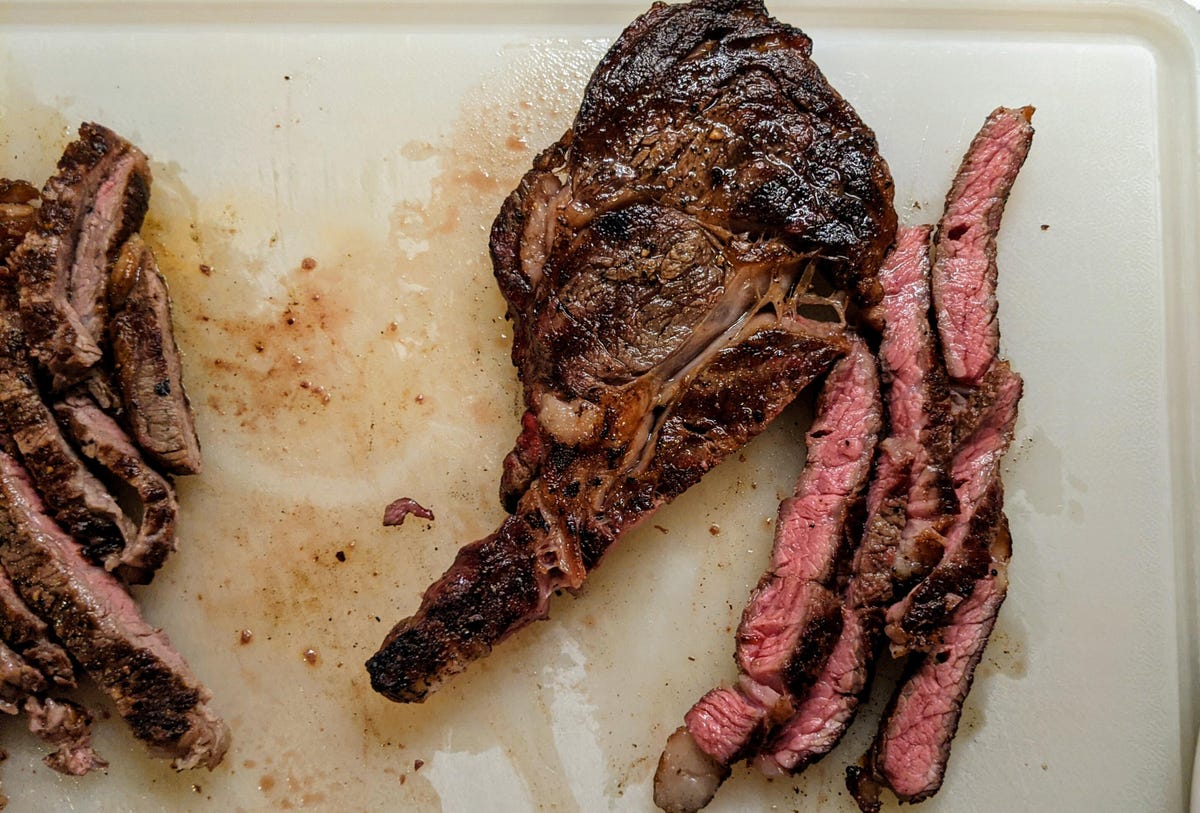
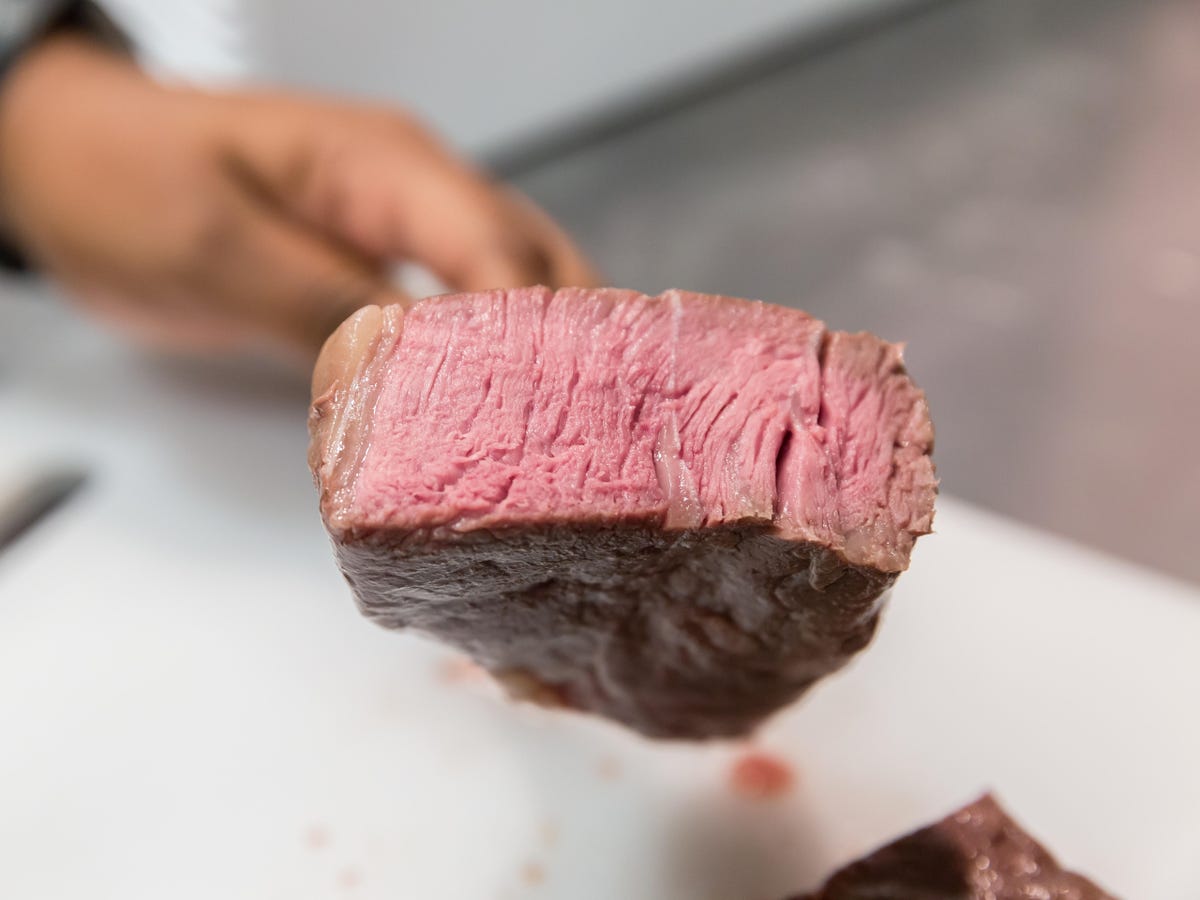

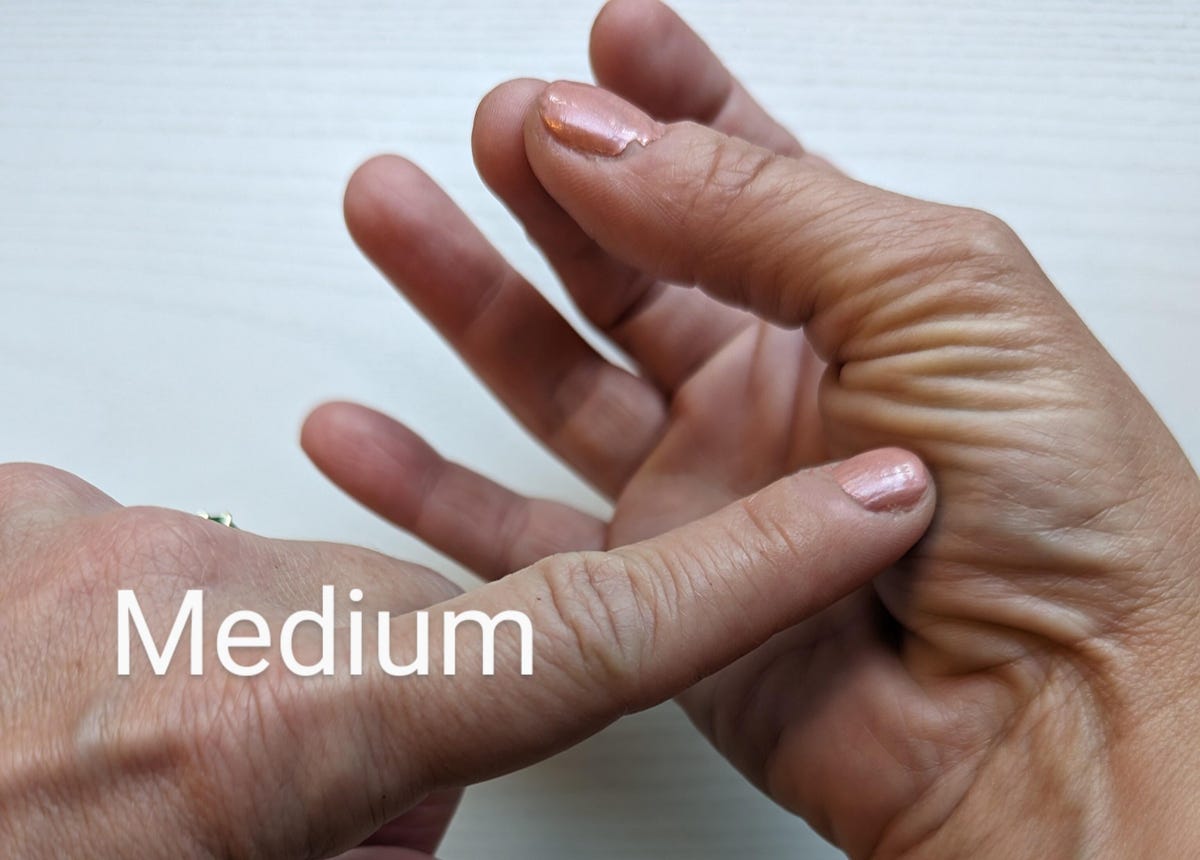


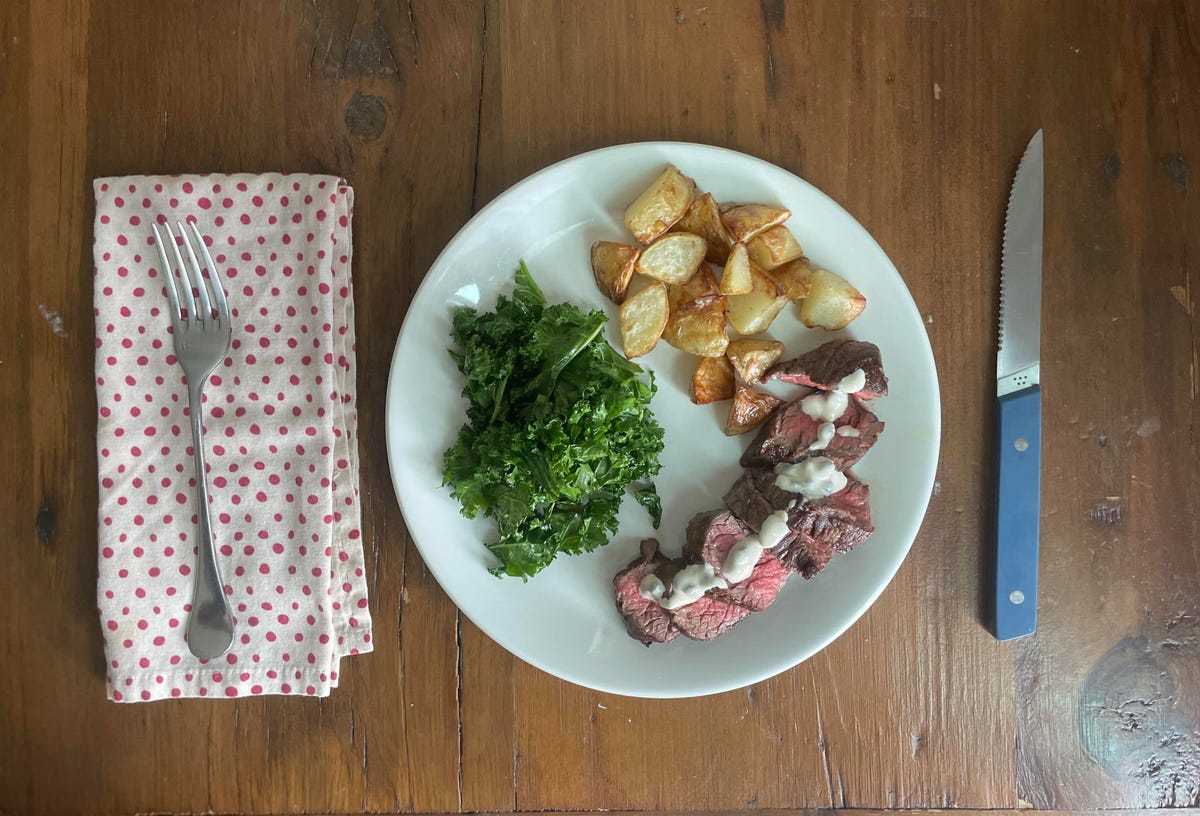
Stop stressing about that filet or ribeye. This simple party trick takes the guesswork out of cooking your favorite steakso you know exactly when it’s ready to come off the grill and be served.
“Doneness is a matter of taste and everyone has their own preference,” says Joe Flamm, chef-partner and culinary director of Chicago’s BLVD Steakhouse“For something as simple as steak, prepared with just salt and fire, you want it exactly the way you like it.”
Everyone may have different parameters in mind when it comes to rare, medium rare, medium, medium well, or (order the chicken) well done. In a restaurant setting, you can often send a steak back to have it cooked a step further if it’s underdone, or to have it re-cooked if it’s negligently overcooked, but that’s not so easy to do when you’re cooking steak at home. Here, we’re breaking down a simple trick for testing steak doneness — no gadgets required — that you can nail in your own kitchen every time.
Read more: Experts share the best ways to save money when grilling
Practice makes perfect

Fancy meat thermometers are fine for measuring internal temperature, but you can also save money and learn how to test doneness like the pros.
Steak doneness is often associated with color, as steaks go from bright red when rare to various stages of pink to thoroughly cooked, when the pink has completely evaporated. (RIP, ribeye.) It’s difficult to judge color without cutting into the steak, which you don’t want to do until it’s come off the heat and has had a chance to rest. Otherwise, the juices will leak out, making for a drier, tougher result, especially when you return it to the heat to cook it again. It’s even more important not to do this too early if you’re going for medium-well or well done; you want to leave as much juice in the meat as possible.
Doneness is also associated with temperature, with the internal temperature of the meat typically ranging between 120 degrees Fahrenheit and 160 degrees Fahrenheit as you go from rare to well done. This can be achieved with a meat thermometerbut there is another method often used by chefs that does not require any gadgets.

To get your next steak cooked to perfection, all it takes is a few pokes.
For larger cuts, like a whole sirloin steak that will be sliced after cooking, “a thermometer is super helpful for consistency and accuracy,” Flamm says, but “for smaller cuts and for speed, a lot of chefs can control it by feel,” he says. “When you’re cooking 100 fillets every night, it starts to fall into place.”
Understanding How Well Steak Is Done and Why Overcooking It Is Bad

Overcooking a steak is the quickest way to ruin a perfectly good piece of meat.
What’s a home cook to do who isn’t used to cooking dozens of steaks multiple times a week? Before we dive into the quick trick to help you learn, it’s important to understand the transformation your steak undergoes as it cooks at increasingly higher temperatures.
Basically, the longer a steak cooks, the tougher the meat becomes, which has to do with the scientific process the meat undergoes. “When you cook a steak longer, there’s a breaking point where the fat and muscle have broken down,” Flamm explains, “and you’re just drying the steak out and losing moisture, which gives the steak a tougher texture.” This increasingly tough or chewy texture is essential for being able to check the doneness of the steak without having to rely on a thermometer.
Read more: I did the math to see if buying meat online is cheaper than in the supermarket
Technique to test doneness
Learning to feel for doneness doesn’t necessarily require hundreds of dollars in raw materials to get the practice you need. It also doesn’t rely on any particular piece of equipment. It’s not exactly a one-handed method, but it involves using only your hands.
Whether or not you have the means and/or mindset to quit your job and go to culinary school, here’s a trick from culinary school for determining how done meat is. It involves using the fleshy base of your thumb as a point of comparison to gauge the resistance of the steak when you poke it.
Here it is: With one hand, gently touch your thumb and index finger together, keeping the rest of your fingers relaxed, in a half-hearted “A-OK” signal. You don’t want to press your thumb and index finger together — just make light contact between them. With the index finger of your other hand, gently poke the fleshy base of your thumb.

You’re not pressing here, you’re just giving it a quick nudge. This is about the level of resistance you should feel on a medium rare steak when you poke the center of the meat in the same manner. (A quick note about clean and/or gloved hands. The steak will be hot on the outside, yes, but again, a quick nudge is all that’s needed.)

Next, as you move your thumb to lightly touch your middle finger, the tension in the base of your thumb increases, and this is what a medium-done steak should feel like. As you extend your thumb to reach your ring finger, you now have medium well, and the tension in your thumb when you touch it with your pinky indicates that it is well done.

No matter how you like your steak cooked and how you personally define it, you now have a consistent benchmark to practice against, whether you cook steak once a week or once a year.

What is the best way to cook steak?

Many professional chefs prefer to sear steak and then heat it indirectly to the desired doneness.
So, what’s the best way to cook a steak? There are lots of opinions about direct heat versus indirect heat, hard searing versus reverse searing, and even cooking steak in an air fryer. Flamm recommends a tried-and-true method: “For me, it’s to give the steak a hard sear and then use indirect heat to slowly melt it and let it come up to your desired temperature,” he says, as he finishes off your seared steak in the oven.
For recommendations on time and temperature for indirect heating, you can consult various recipes. Keep in mind that your steak will continue to cook while it rests, and you will need to remove your steak from the oven and give it a good stir every now and then.




